Discovering Brooklyn: Canarsie
Explore with us the rich history and evolution of Canarsie.
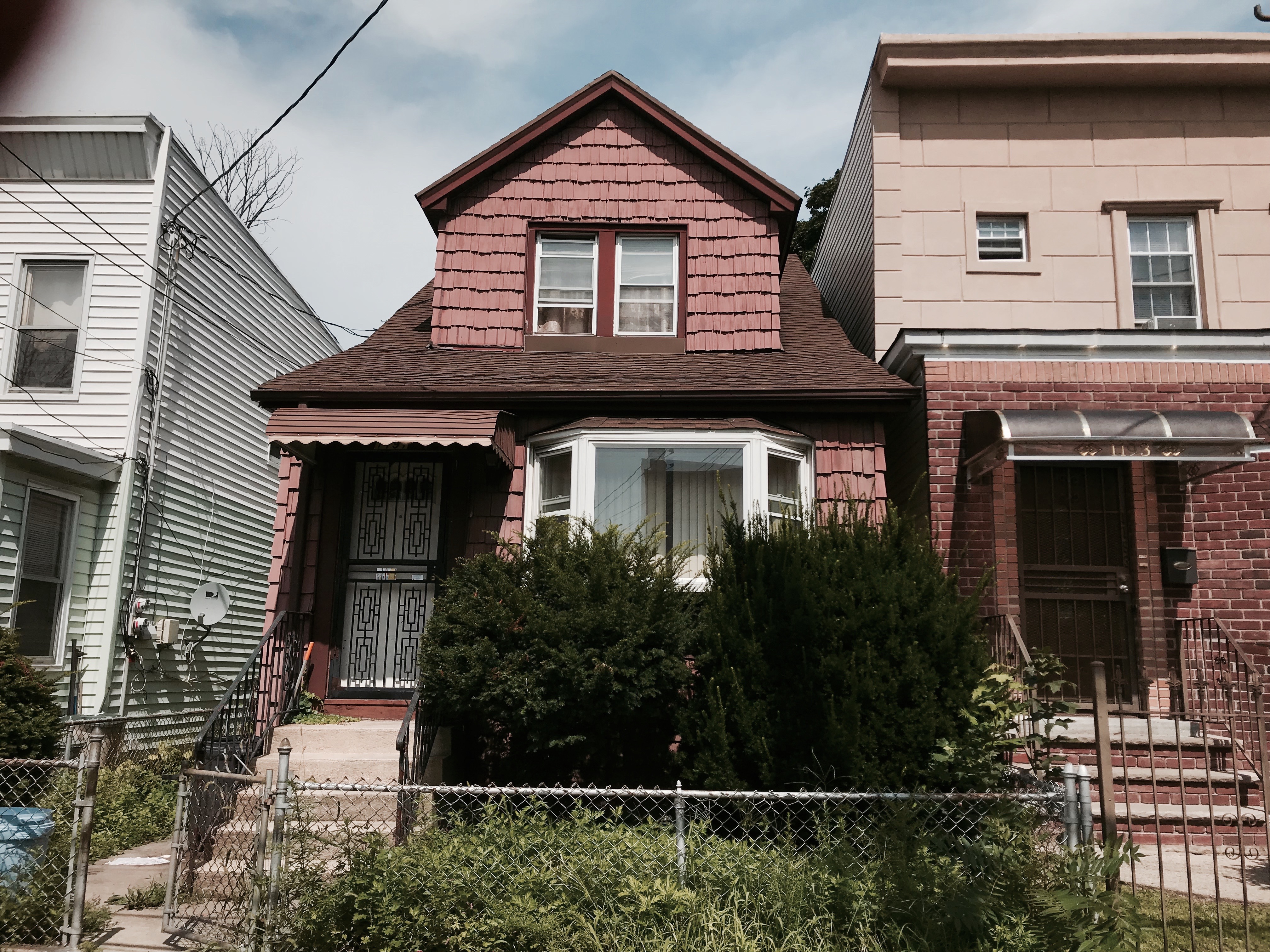
Explore with us the rich history and evolution of Canarsie.

Welcome back to our regular series covering all of Brooklyn from Greenpoint to Sea Gate.
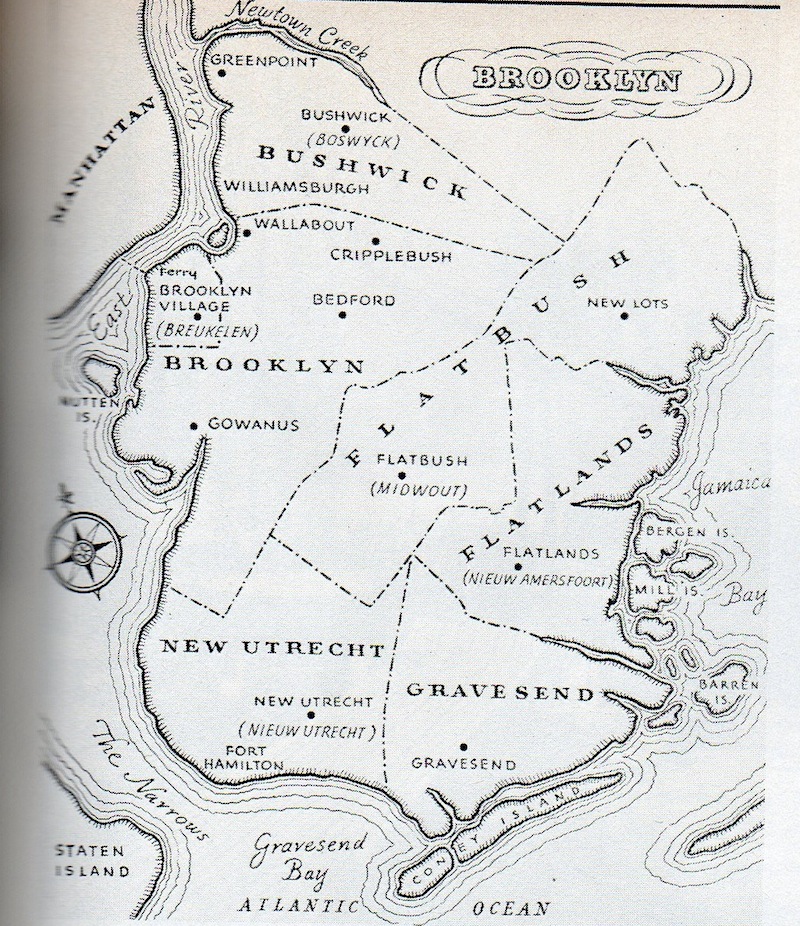
In history class we learned Dutch settlers came to the “New World” and founded New Netherland in 1624. Breukelen was part of New Netherland. The Dutch created five towns in what is now known as Brooklyn: the towns were Breukelen (Brooklyn), Nieuw Amersfoort (Flatlands), Midwout (Flatbush) Nieuw Utrecht (New Utrecht), and Boswijck (Bushwick). Canarsie was part of Flatlands.
What we didn’t learn in school was Europeans had arrived only in the 17th century to land Indians had nurtured and revered for thousands of years. The Canarsee, an Algonquin people, speaking Munsee, called this land Lenapehoking (land of the people). The neighborhood of Canarsie, which we will journey through today, was one of the Canarsee tribe’s main villages and one of their last settlements. “They had a large encampment at what is now Seaview and Remsen Avenues, long before the Dutch arrived,” says Benjamin DuBose, president of the Canarsie Historical Society, in a NY Times report.
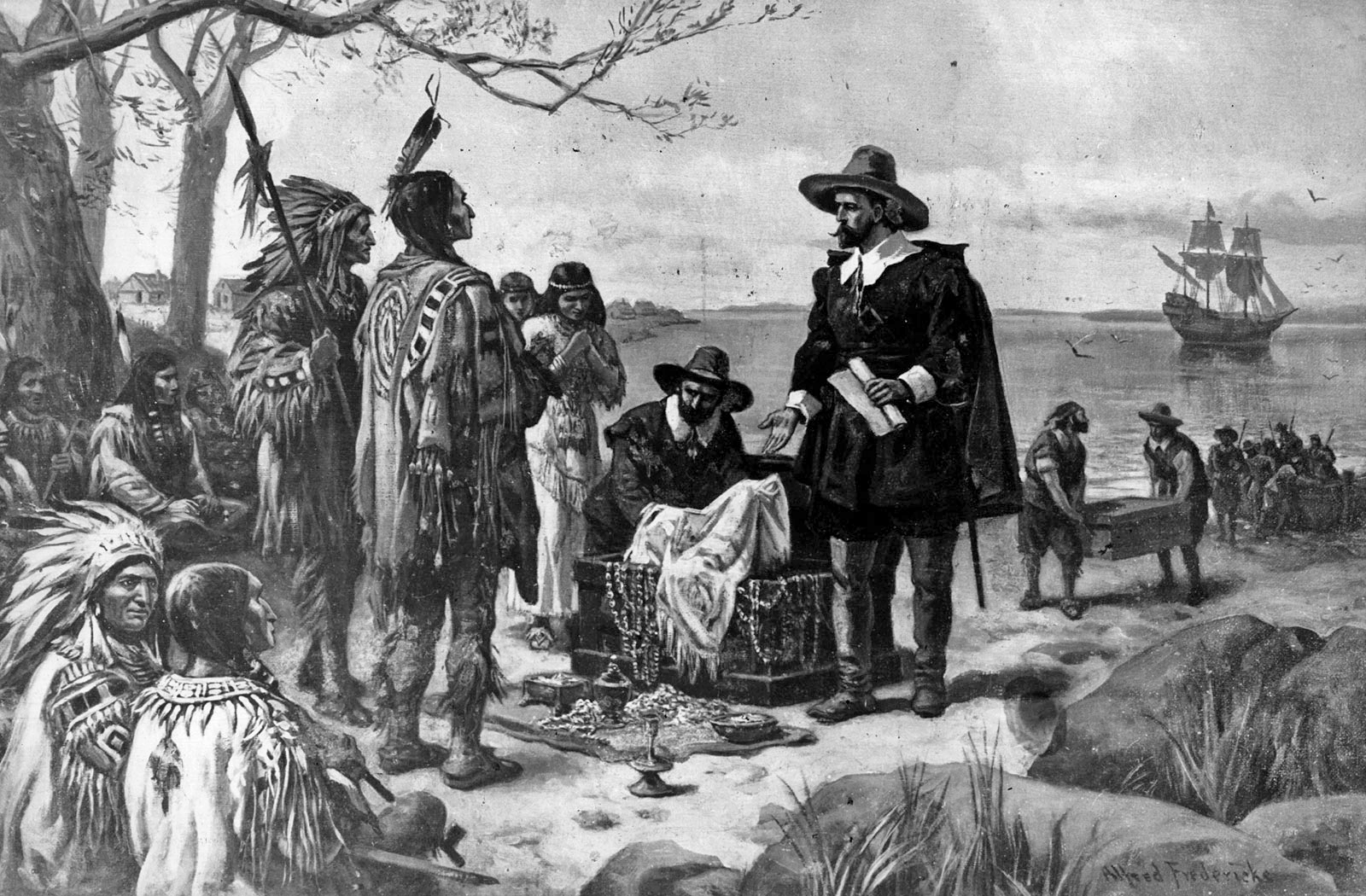
They lived in round huts made from bent sticks called wigwams. Canarsee, a peaceful people, hunted and planted. When the Dutch first arrived, the Canarsee people welcomed them. They shared food with them, traded with them, showed them how to survive during inclement weather, signed treaties with them, and had children by them. But once the new comers got comfortable in their surroundings, they became more aggressive. The Dutch built forts, broke treaties, stole land, spread diseases, distributed booze, burned Indian crops and fields, and destroyed entire communities.
The most horrific decimation occurred during the Kieft’s War (1640–1645). Willem Kieft, then Director-General of New Netherlands, wanted Indians to give up their goods without compensation. You see, the Dutch and the Canarsee motivated by different cultural values, clashed. The Dutch exploited the land and its people to create wealth, while the Canarsee enjoyed a spiritual connection to the earth and wanted to stay in tune with nature. Chief Penhawitz, an influential and diplomatic leader of the Canarsee tribe, tried tirelessly to negotiate peace with Kieft. But by the end of the war, Indian loses were just too great to recover from – thousands lay dead.
According to Canarsie Cemetery, Joel Skidmore, a tax collector for the Town of Flatlands, and later a court officer in Kings County Supreme Court, is one of the notable people buried in Canarsie Cemetery (1370 Remsen Avenue). Skidmore (1819-1908) is part Canarsee through his mother, Mary Robertson. The last full-blooded Canarsee died in 1830. Today a few of their tribal descendants live on the Poospatuck Reservation, near Patchogue in eastern Long Island. The reservation numbered only 271 in the 2000 Census. Hence, we have very little to remind us of those proud yet peaceful people, known as Canarsee.
Canarsie geographically has Brownsville and East New York above it, Jamaica Bay to its right, Bergen Beach below it, and to the left is East Flatbush and Flatlands. This neighborhood is relatively large and before the early 20th century, most of it east of Rockaway Parkway, was marshland – treeless grassy land where water had covered it for a long time.
According to the United States Census, Canarsie has a population of 83,693. Most of today’s residents are black. During the 1990s through 2000, the black population dramatically surged from 10% to 60%. West Indians moved to this neighborhood from many parts of the Caribbean because Canarsie offered homeownership. “A house with a front and backyard reminds me of home,” says Mr. Powell, a Jamaican Canarsian.
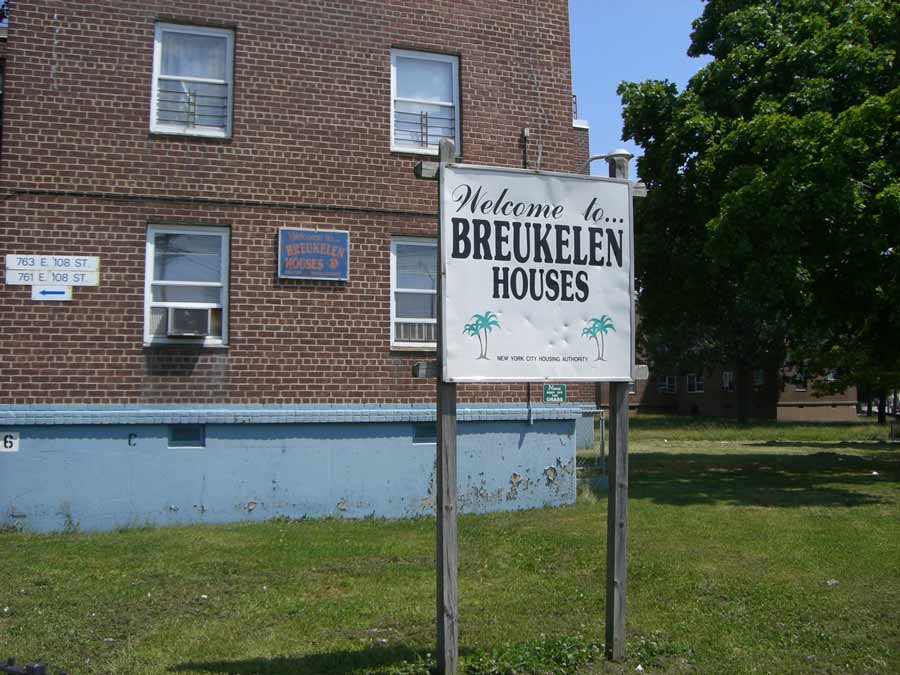
However, it was only in the early 1960’s, that many of the one and two-family homes sprung up in this neighborhood. In addition to the private homes here, Breukelen Housing Projects (main office on 108th Street) and the Bay View Houses (main office on Seaview Avenue) together, provide over 3,000 apartments. Interesting fact: Howard D. Schultz Founder and CEO (1987–2000, 2008–17) of Starbucks, grew up in Bay View Houses. Schultz told CNN Money that growing up in a housing project in Brooklyn, surrounded by a diverse community, helped shaped his worldview. Before Canarsie transformed into a diverse, inspiring, middle-class residential enclave with a suburban feel, folks traveled by trolley, railroad and carriage to its beach resort.
“Canarsie was ranked among the favorite seaside resorts,” notes a Brooklyn Eagle article dated July 3, 1878. The article further indicates, many years ago it was the choicest place for sportsmanship also. Men caught fresh fish and hunted wild birds there. Women and children enjoyed leisure time in the fresh air. Hotels, beer gardens, vaudeville acts, and all types of recreational activities provided respite from the daily routine of middle and working class life.
The anti-ED drug is also suitable for men from reliable online djpaulkom.tv levitra uk stores using credit or debit card.
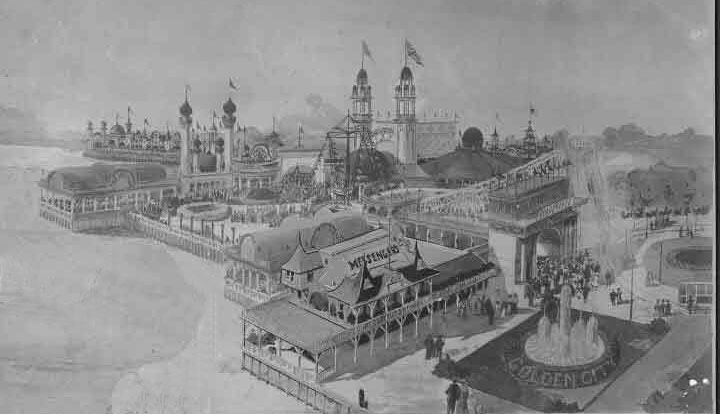
By May of 1907, Golden City Amusement Park opened at Seaview and Canarsie Road. 25,000 excited visitors ventured to the fun park along the Jamaica Bay, on opening day. Advertised as easy to get to, and closer than Coney Island, Golden City offered an array of attractions.
King Pharoah, the intelligent horse, could spell, read, and do math for his adoring fans. The Human Laundry washed willing participants in a giant tub. Once squeaky clean, rollers spun dried patrons, and tossed them to the curb. The Forest Fire recreated a spectacular inferno that a band of brave fire fighters tamed. Complete with rides, shows, circus acts, a boxing arena, restaurants, a 2,500 seat theater, and a magnificent view of the bay, Golden City provided men, woman, and children with good wholesome fun – for only 25 cents.
Sadly in 1939, the amusement park burned down. Parks Commissioner Robert Moses moved quickly to condemn the site to make way for the Belt Parkway. The Belt Parkway which stretches for 36 miles from Bay Ridge to Long Island, brought folks quickly and easily into Canarsie. With the construction of the Belt Parkway, Canarsie Pier and with the modernization of this neighborhood, one of Brooklyn’s last farmlands became primarily residential.
From the 1920s, Canarsie was overwhelmingly Italian and Jewish. Some Italians originally migrated from Sicily and southern Italy. Many Italians and Jews moved from East New York and Brownsville finding more comfortable living arrangements in Canarsie. Some Jewish Holocaust refugees journeyed here in the 1950s. By the 1960s the demographics began to change, becoming more diverse. And with the ordered integration of Canarsie schools in 1972, white residents had had enough. They vehemently resisted the inclusion of black children from Brownsville. Protesters yelled, “Canarsie schools for Canarsie children.” But a question must be raised, who are the real Canarsee children?
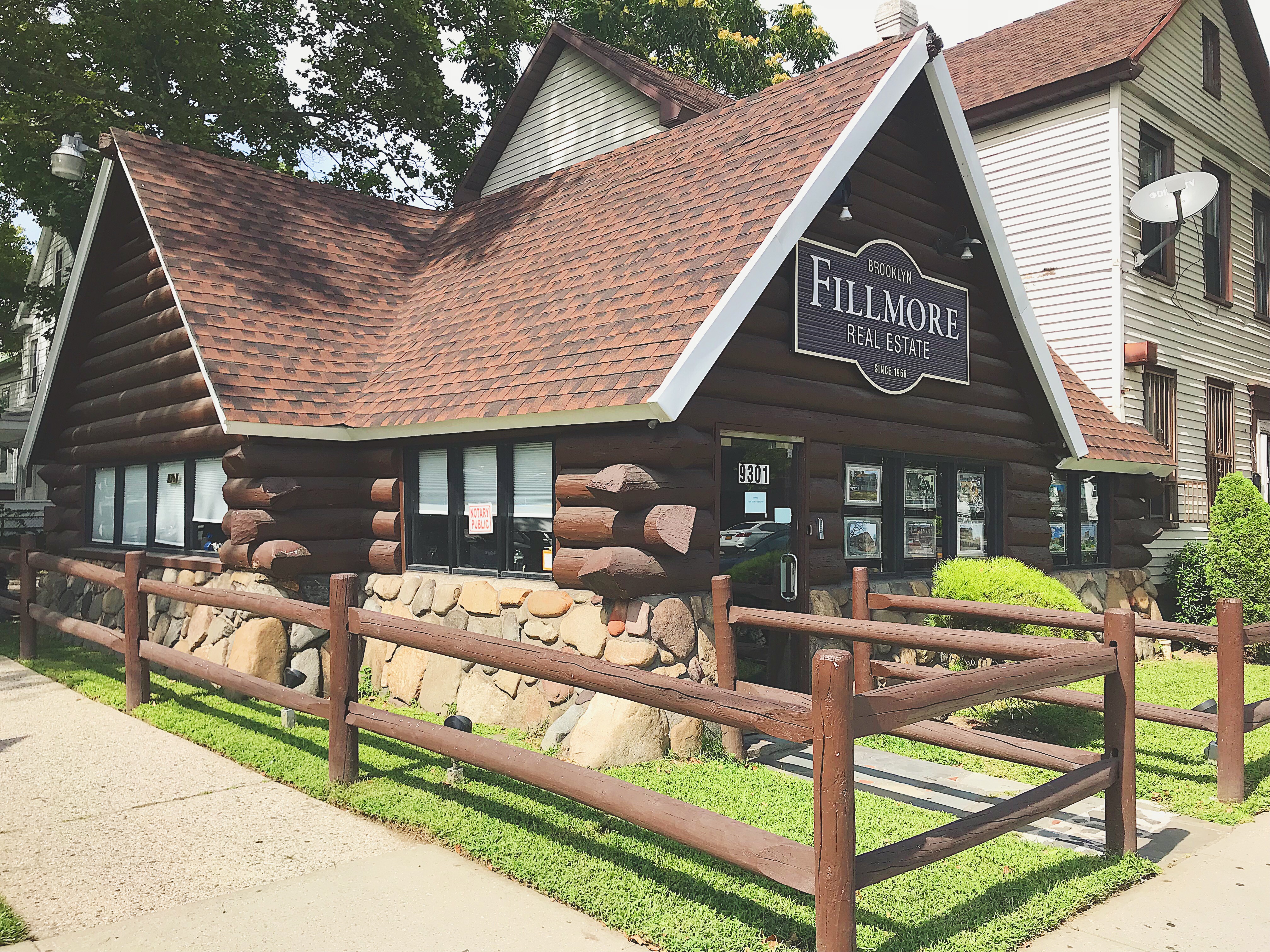
As you walk through this neighborhood discovering its uniqueness, consider the great prophecy of another tribe of Indians —the Hopi. The elders said, the Great Spirit sent each of the peoples of the earth – black, red, yellow, and white to one of its four directions – west, east, south, and north. The Great Spirit assigned each group a specific lesson to learn relating to one of the four elements – water, land, air, and fire. They are to come back together in peace and love sharing with each other what they’ve learned. We are all one family and those who take no part in world divisions (racism, sexism, classism, etc.) will live, be they black, red, yellow or white – those who continue to divide the world will miraculously disappear.
During your discovery, whenever you get hungry, walk down Rockaway Parkway. You are sure to find an array of mouthwatering delights – Caribbean, Chinese, Indian, Italian, and American food. For dessert, from Rockaway walk over to Flatlands Avenue, and at East 93rd, you’ll see an actual log cabin. From from 1936 through 1939 it was originally an ice cream parlor. Built by Lloyd Doubleday Sr., it was once the talk of town. It’s now a real estate office, so you’ll have to use your imagination for your frozen treat.

While the weather permits head over to the Canarsie Pier, part of the Gateway National Recreation Area. You’ll find Brooklynites fishing, relaxing, and enjoying the view. On Saturdays throughout the year, Open Run, a community-based, volunteer-led running initiative meets at Canarsie Beach Park. All runs are directed by volunteers and are free to all participants. The event is open to all ages, experience levels, walkers, strollers, and dogs. The park fields are also used for baseball soccer, and football leagues during spring and fall.
We will meet you next time in East Flatbush.

Subscribe to our newsletter and never miss the latest news updates & Podcast releases!
